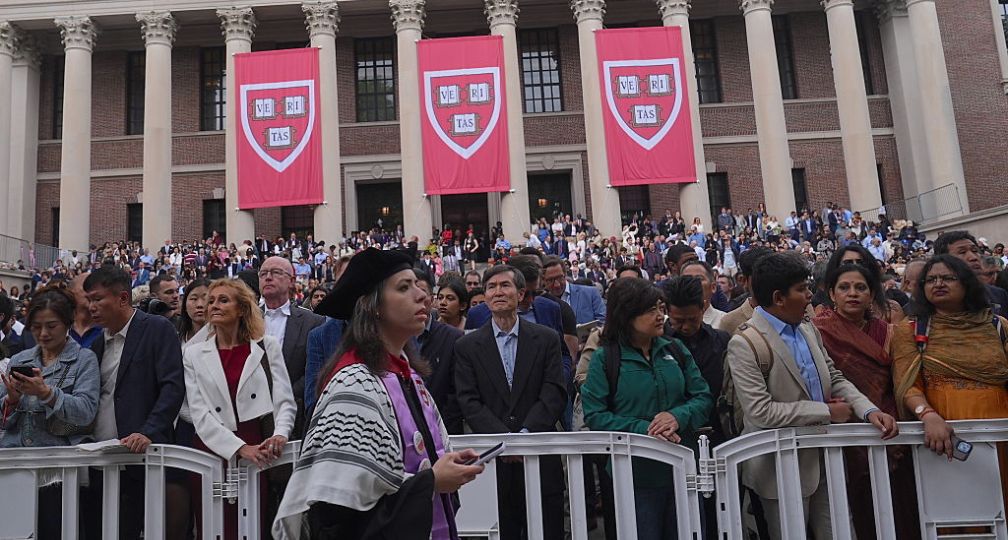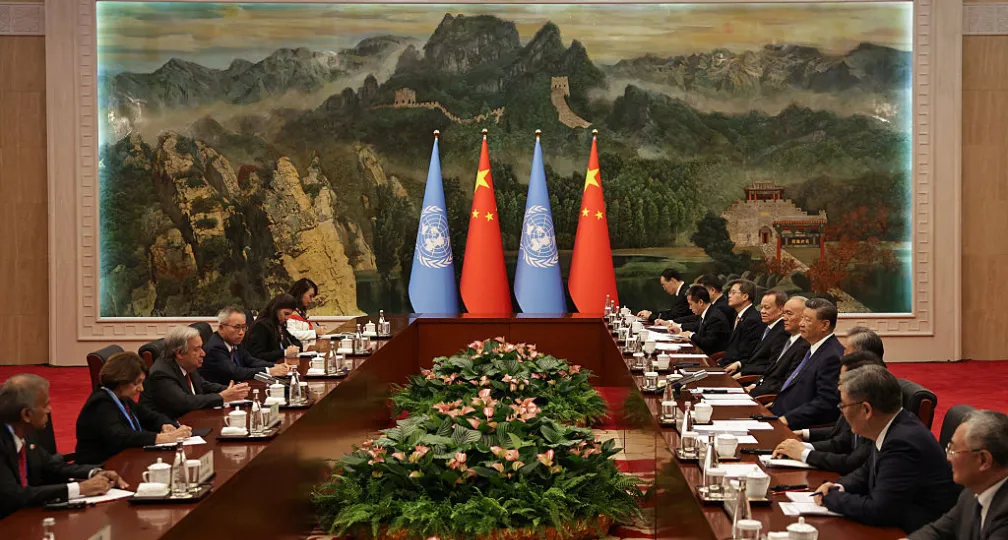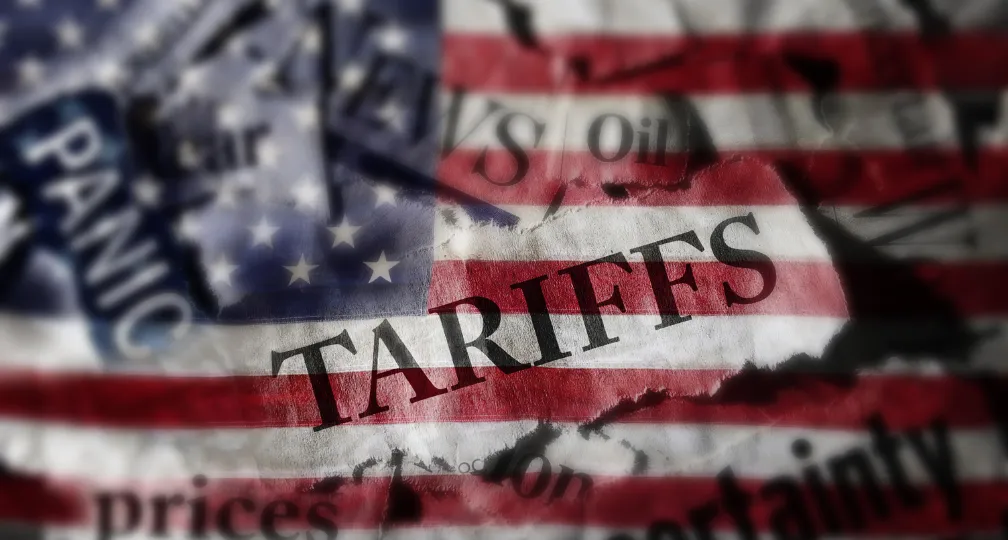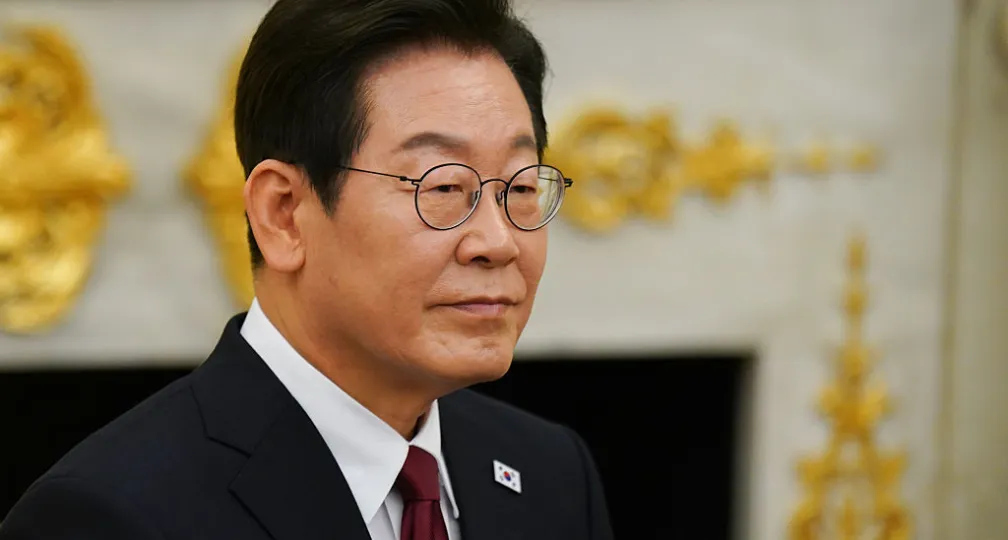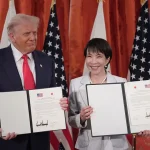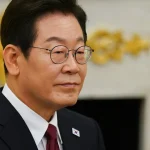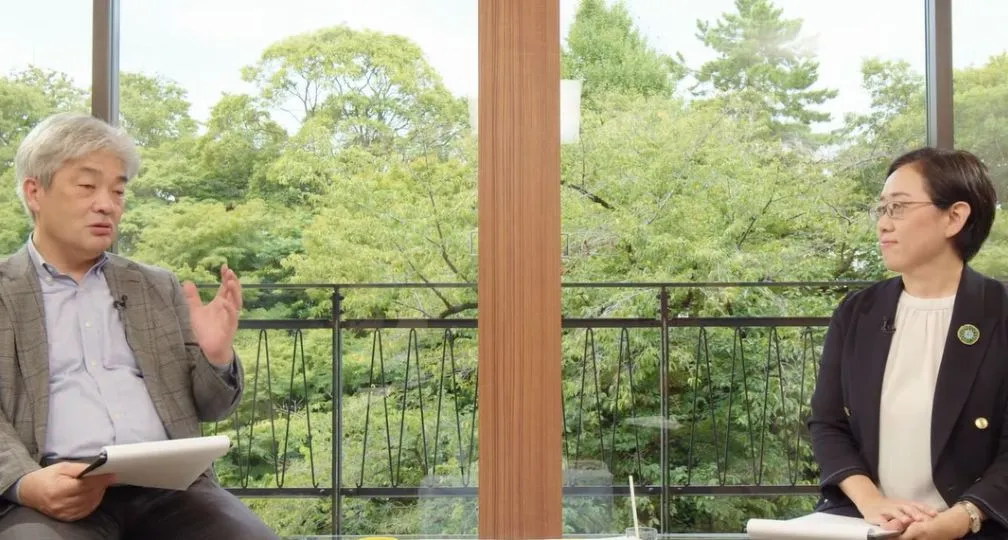IOG Economic Intelligence Report (Vol. 3 No. 14)
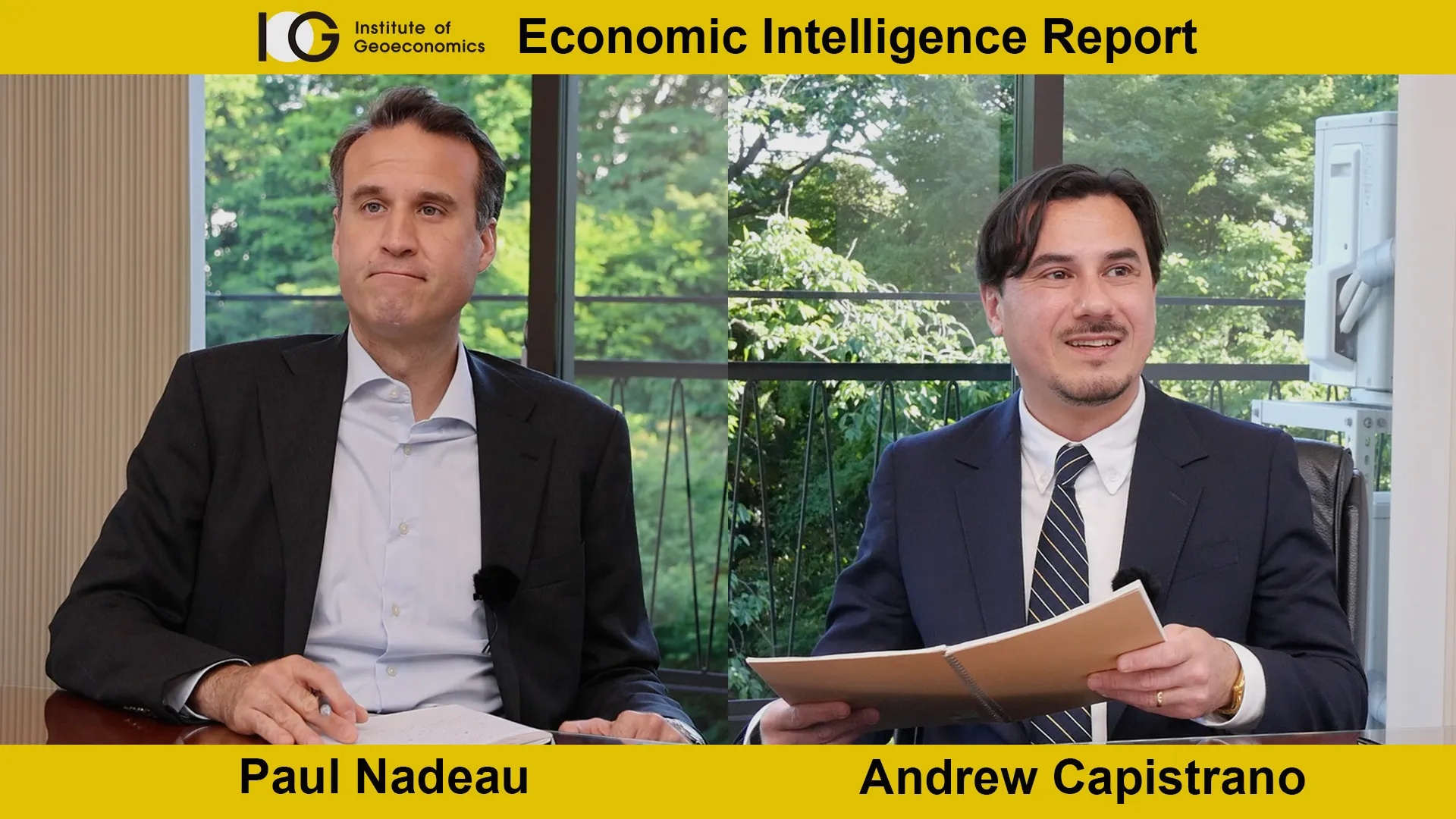
The latest regulatory developments on economic security & geoeconomics
By Paul Nadeau, Visiting Research Fellow, Institute of Geoeconomics (IOG)
Treasury Issues Proposed Rules on Outbound Investment: The U.S. Treasury Department issued a proposed rule to restrict U.S. companies’ investment in China in high-tech sectors like semiconductors and microelectronics; quantum information technologies; and artificial intelligence. Described by the Treasury Department as “narrow and targeted”, proposed rule will implement U.S. President Joe Biden’s executive order on August 9, 2023 intended to develop new outbound investment regulations in areas sensitive to national security. Congress has been expected to take up legislation related to the August 2023 executive order, but slower progress than expected led the Treasury Department to issue the proposed rulemaking.
New Cabinet-Level Group Tasked with Competitiveness: President Biden signed a presidential memorandum establishing the Economic Diplomacy Action Group (EDAG) on June 24. The EDAG, chaired by the Secretary of State in coordination with the Secretary of Commerce and the U.S. Trade Representative, is described as whole-of-government initiative designed to strengthen the commercial competitiveness of U.S. firms, partly through the creation of a trade expansion advisory committee with representatives appointed from the private sector, labor, and others to provide comments and advice.
China and EU Decide to Discuss EV Tariffs China and the European Union have agreed to talks on the EU’s plan to impose tariffs on electric vehicles (EVs) from China. The EU imposed tariffs of up to 38 percent on EVs from China following a report from the European Commission which found that China’s EV sector is heavily subsidized by China’s government and its state-backed banking sector, while China has accused the EU of violating World Trade Organization (WTO) rules.
Indonesia Announces Tariffs against Imports from China: Indonesia announced that it will impose tariffs from 100 to 200 percent on goods from China, which will take effect as soon as the regulation is issued according to Indonesia’s trade minister Zulkifli Hasan. The move is in response to China’s overproduction of goods like electric vehicles (EVs) and Western countries’ subsequent efforts to erect barriers against exports from China from flooding their markets, causing concern among economies like Indonesia that China will turn next to markets like theirs.
Damage from Paper Bags: The U.S. International Trade Commission (ICT) announced on June 21 a finding that U.S. industry is materially injured by imports of paper shopping bags from Cambodia, China, Colombia, India, Malaysia, Portugal, Taiwan, and Vietnam. The ICT found that paper shopping bags from these countries are being sold at less than fair value while it also found that China and India are subsidizing their paper shopping bag producers. As a result of the investigation, the U.S. Commerce Department will issue countervailing duty orders on imports of this product from China and India and antidumping duty orders on products imported from Cambodia, China, Colombia, India, Malaysia, Portugal, Taiwan, and Vietnam.
Analysis: The Third Plenum, dual circulation, and China’s economic strategy
By Andrew Capistrano, Visiting Research Fellow, Institute of Geoeconomics (IOG)
The 20th Central Committee of the Communist Party of China will hold its Third Plenary Session from July 15-18, which is expected to outline a policy approach intended to resolve China’s current economic challenges. Initially scheduled to be held in late 2023, the Third Plenum’s delay has led to rumors of intense behind-the-scenes debates over the correct path for China to take in an increasingly complex economic environment—both domestically and internationally.
Third Plenums have often served as a stage for the Party to announce important shifts in governance, such as in 1978 when then-leader Deng Xiaoping introduced the ‘reform and opening up’ policy. But so far, the Central Committee has released few details regarding July’s gathering, other than that it will focus on “deepening comprehensive reform to advance Chinese modernization”. This has led to two contradictory predictions for the Third Plenum: it could announce major policy changes, or it could introduce lofty slogans without substantial details on implementation.
If major changes are announced they will need to be bold in order to have an impact on the current state of affairs. They would have to address the property market slump, indebted provinces, declining foreign investment, pessimism in the private sector, labor market and social welfare challenges, and flat domestic consumption, among other issues. However, even if the proposals at the Third Plenum lack sufficient substance, any announced changes are likely to be aimed at enhancing China’s current economic policy framework of ‘dual circulation’.
The ‘dual circulation’ strategy was launched in May 2020, following the US-China trade war and the onset of the Covid-19 pandemic. Whereas China had since the Deng era pursued an ‘international circulation’ approach based on export-led growth, the new economic policy represented an attempt to offset challenges in the international trade environment by broadening the government’s focus to problems of ‘domestic circulation’. This meant both strengthening China’s internal market and increasing domestic consumption.
On the one hand, ‘international circulation’ has produced results. State-subsidized industries, particularly in the ‘green technology’ sector, have become world leaders. When China failed to restore its pre-pandemic growth rate after ending its ‘Zero-Covid’ policy, and its property sector began to experience diminishing returns, even more investment shifted toward manufacturing. At present, surging exports of manufactured goods remain a bright spot amid otherwise anemic economic conditions.
On the other hand, ‘domestic circulation’ has proven more difficult to implement. China has managed to wean its dependence on advanced economies for high-tech imports, but the government’s tendency to focus on the supply side (e.g., investment in high-tech manufacturing) over the demand side has weakened China’s economic fundamentals.
A persistent problem has been raising domestic consumption to make the Chinese economy less dependent on exports, as Chinese consumers lack the spending power to absorb the increased production from huge state investments into manufacturing. The competitive domestic market has forced firms to cut prices, thereby lowering profits. And with consumer prices stuck in deflation, many analysts are skeptical that consumption could increase enough to meet China’s 5 percent GDP growth target, meaning greater dependence on exports seems to be the only option. Yet because both advanced and developing economies are unwilling or unable to absorb China’s ‘excess capacity’, trade disputes have been exacerbated and tariff walls have gone up. In short, the failure to fully implement ‘domestic circulation’ may now imperil China’s reliance on ‘international circulation’.
At a recent meeting of the Chinese People’s Political Consultative Conference (CPPCC), Party theoretician and CPPCC Chairman Wang Huning argued for prioritizing ‘domestic circulation’. The meeting’s theme was “unblocking internal circulation”, and speakers noted that an increasingly complex geopolitical and economic environment abroad necessitated policies to support domestic demand. In particular, downward trends in consumer prices and real estate indicators were cited as key problems that would need to be addressed at the Third Plenum.
Thus one of the critical policies that Third Plenum observers will be looking for is public stimulus to boost consumption. But in the past, China has been weary of increasing its debt burden with stimulus measures. And by investing so heavily in capital-intensive manufacturing, government policy has indirectly contributed to labor market issues, which also limits consumption. This highlights the structural problems that are harming China’s growth prospects—problems that do not suggest any simple solution.
Another policy shift that could improve the domestic economy would be to implement reforms that lead to increased private investment. Here again, however, the Party’s reliance on state-subsidized manufacturing has reduced the incentive for China’s private sector to take such risks. Excessive government intervention in the market has created an environment where private firms cannot compete with state-backed firms, since the latter have much easier access to financing and are less burdened by regulations.
Foreign investors have similar concerns, and have begun to limit their exposure to China. Moreover, they have to confront the additional issue of heightened geopolitical risk, which might misalign their economic interests with the political and national security objectives of their home governments. Added to the downturn in the Chinese market and an environment where domestic firms are more competitive, these risks contributed to a decline in foreign investment in 2023—the first time in a decade, and potentially an indicator of future trends.
Chinese Premier Li Qiang sought to address these issues at the late June meeting of the World Economic Forum’s ‘Summer Davos’ in Dalian. He attempted to reassure foreign investors that China’s economic recovery was proceeding smoothly, pushed back on the ‘exporting overcapacity’ narrative, and gave the impression that the Third Plenum would pursue a more gradual approach to reforming the economy. More worryingly, Li’s remarks were focused on acknowledging investors’ concerns rather than explaining how China sought to recover its economic momentum. This could foreshadow a less-than-substantial set of policy announcements at the Third Plenum.
The central problem for ‘dual circulation’ remains: low domestic consumption cannot be indefinitely offset by high exports. Without meaningful reform there are only a few ways to sustain China’s economic model unless this problem is addressed.
First, as the advanced economies appear weary of absorbing a greater share of Chinese goods, China can pivot to emerging economies in the ‘global south’ as future export markets and thus reorient the ‘international circulation’ side of its strategy. The expansion of BRICS and the economic development programs discussed at the recent Shanghai Cooperation Organization summit in Kazakhstan suggest this approach, and the share of China’s trade respectively heading to advanced economies and emerging economies is approaching parity.
Second, Xi Jinping has stressed the importance of ‘new quality productive forces’, a euphemism for technological innovation on the ‘domestic circulation’ side of China’s strategy. The idea is to leapfrog the US and other advanced economies by capturing the lead in technologies that will drive the next industrial revolution. If successful, it would have the added benefit of increasing China’s military power. But again, the problem of low domestic consumption begs the question of whether this investment-heavy approach would produce better jobs to enable consumers to absorb its output.
Both these options have geopolitical as well as economic benefits. In pursuing a more China-centered international economic order in Eurasia and the ‘global south’, and developing next-generation science and technology, China hopes to make advances that increase its geopolitical influence while at the same time restore its economic prospects. However, there may be a fundamental tension between China’s geopolitical and economic goals: action needed to help ‘domestic circulation’ might not be coherent with geopolitical objectives. China appears to be gearing up for a long period of economic competition with the US and its allies among the other advanced economies. Therefore, the Plenum is expected to double down on the strategy of pouring investment into high-tech industries to ensure self-sufficiency.
In the end, intervention on the demand side must come at the expense of the supply-side initiatives that by all indications are Xi’s preferred means for achieving growth, increasing China’s national power, and overtaking the West. Stimulus to enhance consumption and private-sector reforms to boost growth at home, however, could pose a risk to the Party’s strengthening grip over the economy. The Third Plenum provides a unique opportunity for the Party to reassure domestic and international audiences that it has a plan for China’s economic recovery. It remains to be seen whether this year’s announcements will have the desired effect.


Visiting Research Fellow
Paul Nadeau is an adjunct assistant professor at Temple University's Japan campus, co-founder & editor of Tokyo Review, and an adjunct fellow with the Scholl Chair in International Business at the Center for Strategic and International Studies (CSIS). He was previously a private secretary with the Japanese Diet and as a member of the foreign affairs and trade staff of Senator Olympia Snowe. He holds a B.A. from the George Washington University, an M.A. in law and diplomacy from the Fletcher School at Tufts University, and a PhD from the University of Tokyo's Graduate School of Public Policy. His research focuses on the intersection of domestic and international politics, with specific focuses on political partisanship and international trade policy. His commentary has appeared on BBC News, New York Times, Nikkei Asian Review, Japan Times, and more.
View Profile-
 India - Japan: The Glimpse of a Shared Vision2025.12.05
India - Japan: The Glimpse of a Shared Vision2025.12.05 -
 Trump vs. Universities: Can the Innovation Ecosystem be Rebuilt?2025.12.03
Trump vs. Universities: Can the Innovation Ecosystem be Rebuilt?2025.12.03 -
 Beijing’s ‘Globalist’ Agenda Under Trump 2.02025.12.01
Beijing’s ‘Globalist’ Agenda Under Trump 2.02025.12.01 -
 Trump’s Tariffs Might Be Here to Stay – No Matter Who’s in Power2025.11.28
Trump’s Tariffs Might Be Here to Stay – No Matter Who’s in Power2025.11.28 -
 The long road to a South Korea-U.S. trade deal2025.11.26
The long road to a South Korea-U.S. trade deal2025.11.26
 Event Report: The Trump Tariffs and Their Impact on the Japanese Economy2025.11.25
Event Report: The Trump Tariffs and Their Impact on the Japanese Economy2025.11.25 The Real Significance of Trump’s Asia Trip2025.11.14
The Real Significance of Trump’s Asia Trip2025.11.14 Can Takaichi Build on a Successful Summit?2025.10.31
Can Takaichi Build on a Successful Summit?2025.10.31 The long road to a South Korea-U.S. trade deal2025.11.26
The long road to a South Korea-U.S. trade deal2025.11.26 India’s Structural Reforms: Opportunities and Risks2025.11.14
India’s Structural Reforms: Opportunities and Risks2025.11.14



